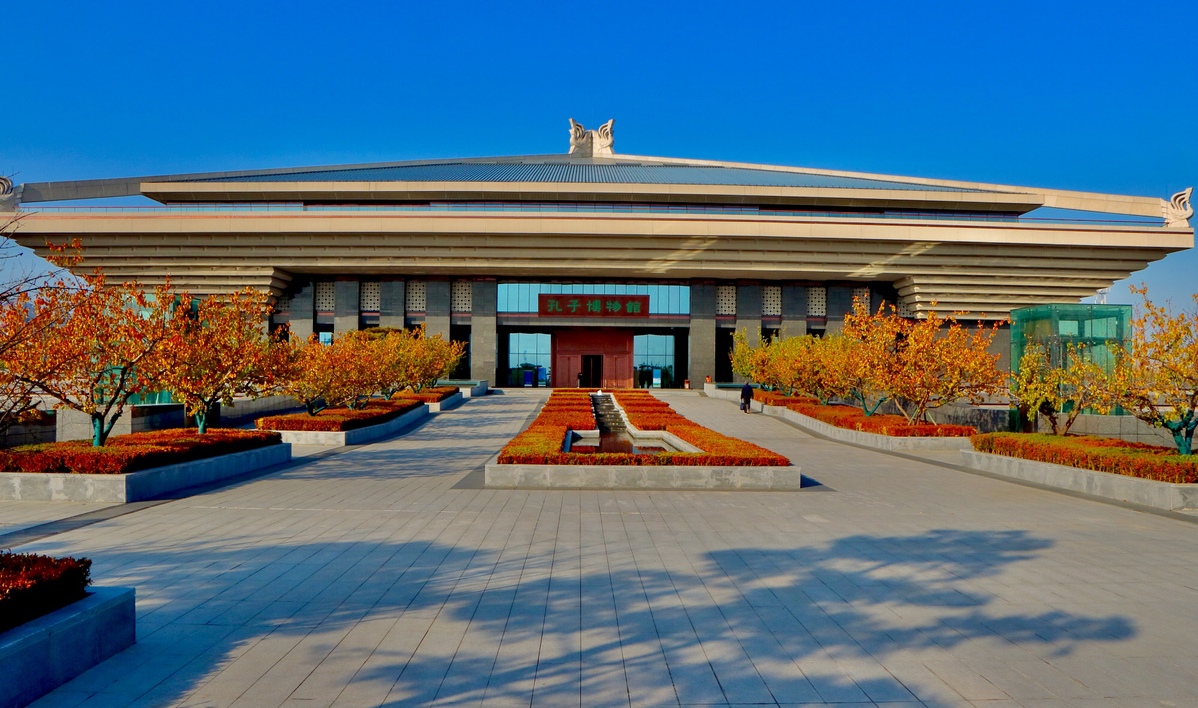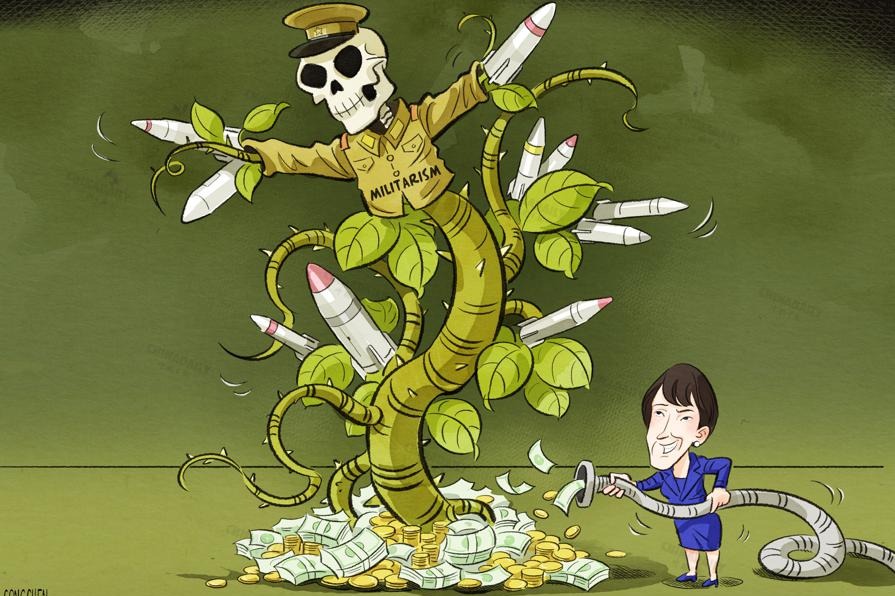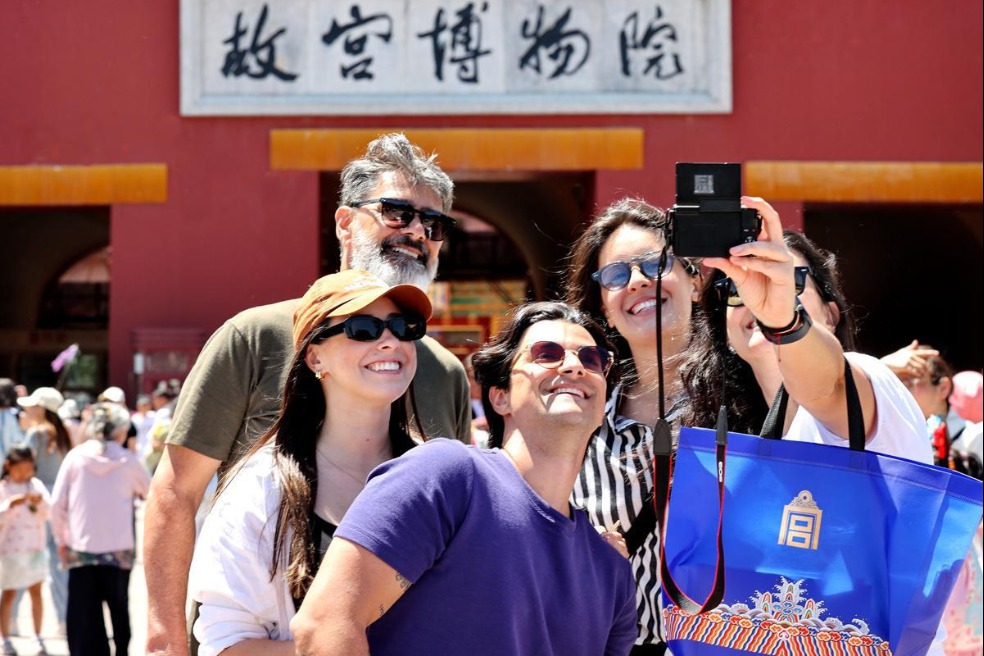Confucius and the development of Qufu as a major centre for cultural tourism


Older Qufu literally revolves around Confucius with several significant buildings now classified as UNESCO World Heritage sites. Indeed it was felt that the three major locations associated with Confucius, known collectively as 'SanKong', the Temple, Mansion and Cemetery are an outstanding architectural complex and important legacy not just for China but indeed the world.
Confucius Temple (Kong Miao) started as a simple hall dating back to 478 BC. Following extensive expansion, particularly during the Ming and Qing dynasties, it eventually occupied one-fifth the area of historic Qufu. It indeed is the largest such structure in China. Its main entrance is accessed through the city’s grand South Gate beyond which a series of arches are passed to reach the vast, beautiful grounds dominated by ancient, often gnarled, twisting pines. Between the trees are over a 1,000 inscribed stone steel columns dating from the Han to Qing periods, the largest collection in China. Comparisons of layouts are made with Beijing’s Forbidden City. Pavilions laid out northerly along an axis culminate with 31 meter high Dacheng Hall dating from 1724. Intricately carved stone dragon columns rise outside its facade.


































